This is an amazingly nutritious food that should stop being just a decoration for the holidays and take more active participation in meals. In just 1 cup of cubed raw pumpkin, you have more than 170 percent of your daily needs for vitamin A! Vitamin A is an essential vitamin that helps to promote normal vision by supporting your eye’s ability to adjust to lower levels of light and be able to see in the dark. Vitamin A also helps promote healthy cells and tissues in your body, supports the regulation of your immune system, protects you from infections, and works as an antioxidant to protect you from some diseases and cancers.
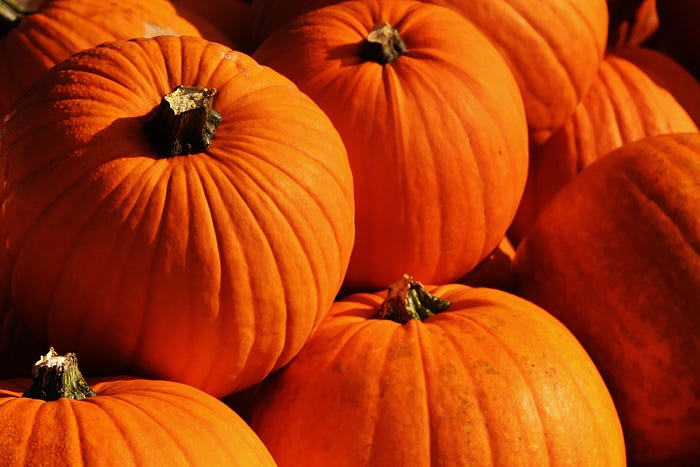
- Harvested in October, this nutritious and versatile orange fruit features flowers, seeds and flesh that are edible and rich in vitamins. Pumpkin is used to make soups, desserts and breads, and many include pumpkin pie in their Thanksgiving meals.
- Scientific name: Cucurbita pepo L.
- Family: Cucurbitaceae
- Pumpkin is an annual plant with a short cycles grown commonly in the tropics between March and June.
- The pumpkin is very useful as food and its seeds are highly valued for their health benefits as an anthelmintic and contain 50% fatty oil composed by oleic acid and linoleic acid.
- It has a high content of carbohydrates, amino acids, and vitamins B, C, D, E and K. It also contains minerals like calcium, potassium, and phosphorus.
- Other substances present in pumpkin are glycoside (cucurbitin), albumin, lecithin, phytosterol and various resins.
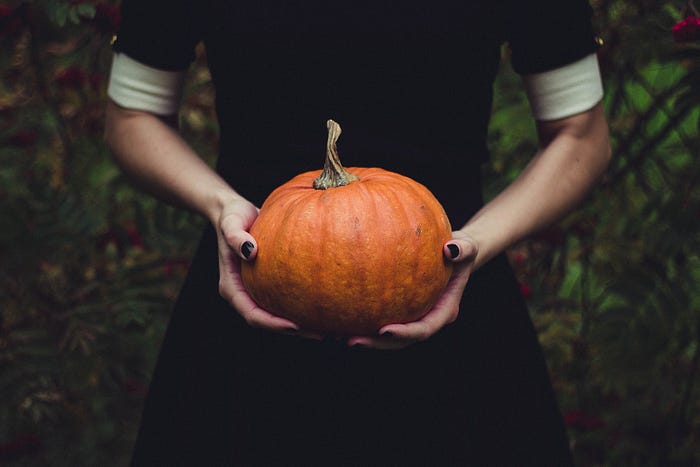
Cultivation
- Pumpkin seeds should be planted between the last week of May and the middle of June. They take between 90 and 120 days to grow and are picked in October when they are bright orange in color. Their seeds can be saved to grow new pumpkins the next year.
Uses of pumpkin and pumpkin seeds
- Roasted pumpkin seeds are a popular treat, whether you roast them yourself after scooping out a pumpkin or purchase them prepared. Its preparation as an anthelmintic consist of mixing 100-200 g of peeled pumpkin seeds (without testa) with honey or syrup (up to 100 ml) and gradually taken over the course of 1 hour.
- After 3 hours it should be taken some type of laxative to expel parasites. It has been very helpful in removing the Taenia Solium and Taenia saginata.
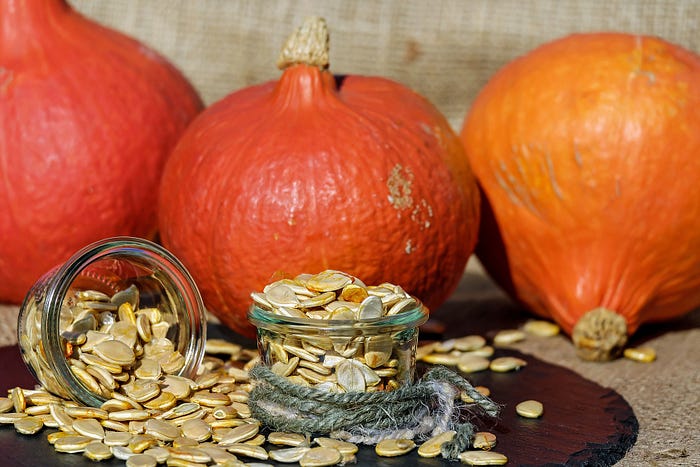
- Another use of pumpkin is as an anti-inflammatory for cystitis, and prostatitis, in particular for preventing or treating prostate cancer and also for insomnia.
- The pulp either raw or cooked is used as an emulsifier.
- From the pumpkin seeds is extracted an oil very good for household and medicinal uses.
- The seed has refreshing and soothing properties and is given as “seed milk” for nephritis and inflammation of the bladder and urethra.
- A good remedy for burns is 30 g of pulp per liter of water and making a porridge with the mix.
- Pumpkin is loaded with vitamins and minerals but low in calories, making it an excellent superfood. In addition to its flesh, the pumpkin’s leaves, seeds, and juice are filled with vital nutrients.
How pumpkin acts as a superfood
Improving eye health
- This fruit contains beta-carotene, a powerful antioxidant. That’s how it gets its vibrant orange color. Beta-carotene is absorbed by the body and converted into vitamin A.
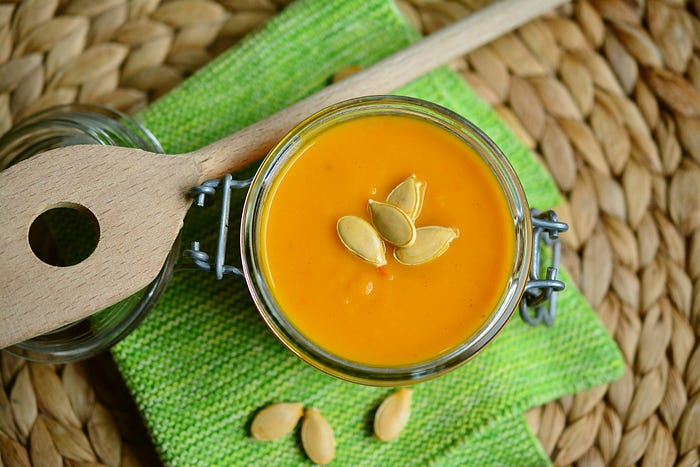
- All carotenoid-rich vegetables in general (like spinach, carrots, sweet potatoes, carrots, cantaloupes and kala)have a major role in improving the eye health.
Healthy heart
- Omega-3 fatty acids and omega-6 fatty acids account to 4.9 mg each in a cup of cooked and mashed pumpkin (245 grams) which can reduce the triglycerides (a type of fat cells which can raise the risk of heart disease).
- Eating foods rich in beta-carotene can reduce the risk of certain cancers, protect against heart disease and asthma as well as slow down aging.
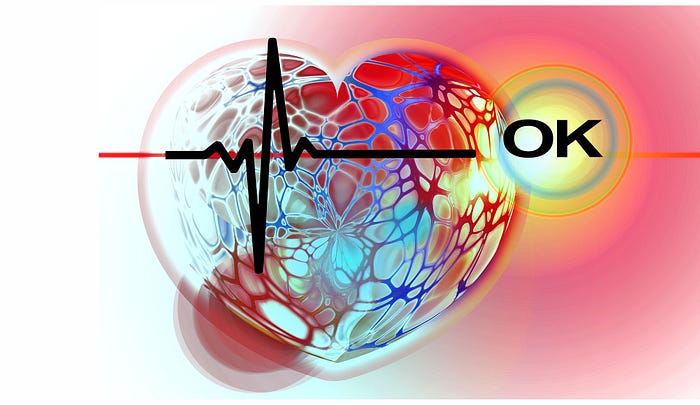
- Potassium, fiber and vitamin C found in pumpkin are great for lowering blood pressure and keeping your heart healthy.
- Plant compounds found in pumpkin seeds help with glucose absorption in the body, making this food good for those with diabetes.
Pumpkin in weight loss
- The calories in pumpkin are as low as 49 calories per cup of mashed, cooked and boiled vegetables!
- Also, pumpkin is 93% water stuffed! So, you wouldn’t feel much hungry after consuming pumpkin since the water content in it keeps you satiated for a pretty long time.
- Choosing Pumpkins for weight loss can be recommended due to their low-calorie content, the presence of dietary fibre, and rich water content.
Packs Vitamins That May Boost Immunity
- Pumpkin is high in vitamins A and C, which can help boost your immune system. Its supply of vitamin E, iron, and folate may strengthen your immunity as well.
Antioxidant Content May Lower Your Risk of Cancer
- Pumpkin is high in carotenoids, which are compounds that can function as antioxidants. This allows them to neutralize free radicals, which may protect against cancer.
- For instance, an analysis of 13 studies showed that people with higher intakes of alpha-carotene and beta-carotene had significantly lower risks of stomach cancers.
- Similarly, many other human studies have found that individuals with higher intakes of carotenoids have lower risks of throat, pancreas, breast and other cancers.
Contains Compounds That Promote Healthy Skin
- Pumpkin is high in beta-carotene, which acts as a natural sunblock. It also contains vitamins C and E, as well as lutein and zeaxanthin, which can help keep your skin strong and healthy.
- You can even use a pumpkin as a face mask that both soothes and exfoliates.
Ideas for how to eat raw pumpkin:
- Use a cheese grater to shred raw pumpkin and use it as a salad topper.
- Cube raw pumpkin and marinate it with vinegar and oil and spices for a crunchy sweet-savory combo- add to salads or try a more minced version on top of cooked chicken.
- Substitute the cucumber or carrot sticks with pumpkin.
- Grate raw pumpkin on top of your baked goods a few minutes before your dessert or baked good is ready to come out of the oven for a fresh slightly baked pumpkin topping.
- Shred raw pumpkin and add it to your homemade ice cream or bread or cake.
- Add pureed fresh pumpkin to your yogurt and also make curries for rice.
- Cut thin slices of pumpkin and use it in place of cucumber rounds or carrot sticks with your favorite dip.
- Let raw pumpkin seeds dry out and then eat plain or add as a salad topper
Do you know :
Why Do We Carve Pumpkins at Halloween?
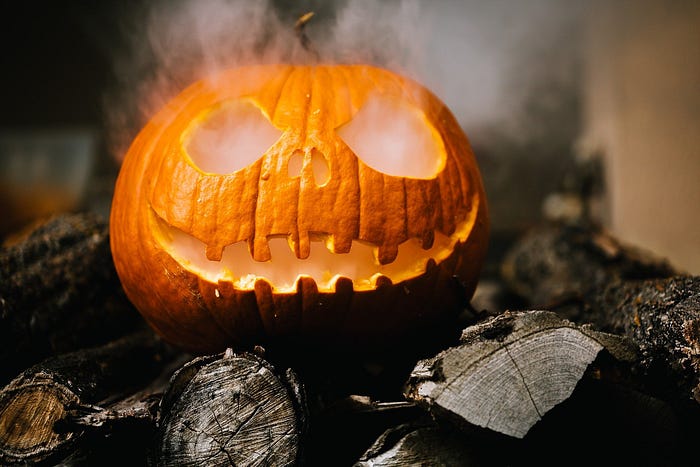
Their origin comes from an Irish myth about Stingy Jack, who tricked the Devil for his own monetary gain. When Jack died, God didn’t allow him into heaven, and the Devil didn’t let him into hell, so Jack was sentenced to roam the earth for eternity. In Ireland, people started to carve demonic faces out of turnips to frighten away Jack’s wandering soul. When Irish immigrants moved to the U.S., they began carving jack-o’-lanterns from pumpkins, as these were native to the region.
Pumpkin festival

A pumpkin festival is a type of annual festival celebrating the autumn harvest of pumpkins. They are typically celebrated around October in the Northern Hemisphere.
How did pumpkin pie become a Thanksgiving tradition?
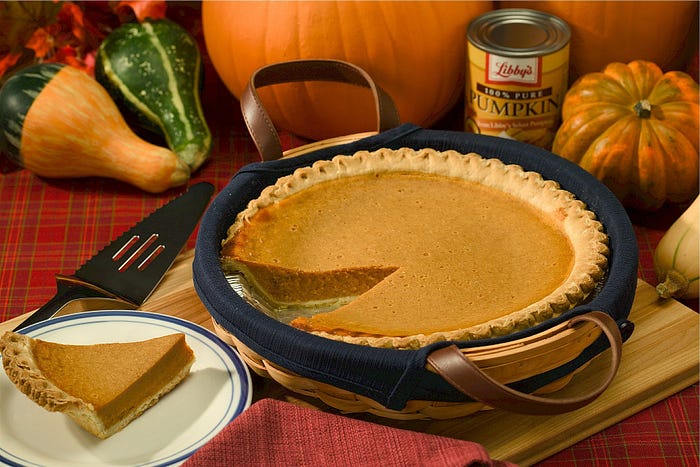
It was not until the early nineteenth century that the recipes appeared in Canadian and American cookbooks or pumpkin pie became a common addition to the Thanksgiving dinner. The Pilgrims brought the pumpkin pie back to New England, while the English method of cooking the pumpkin took a different course.
Pumpkin Food Poisoning Is Rare But Serious
Cucurbit poisoning, also known as toxic squash syndrome, occurs when a person eats a cucurbit(pumpkin is in Cucurbitaceae fam.) that contains an elevated level of cucurbitacin E. Symptoms of toxic squash poisoning can include:
Nausea;
Diarrhea;
Abdominal pain;
Vomiting;
Dizziness; and
Hair loss, in rare instances.
Pumpkin Seeds
Tests have found that pumpkin seeds can contain E. Coli, which may develop if they were handled in an unsanitary manner or left out to dry for too long.
Can You Eat Too Much Pumpkin?
One cup contains almost 12 grams. If you eat too many, you may experience gas and bloating. Fiber helps bulk up stool and prevents constipation in the long run, but eating a lot of pumpkin seeds at once may actually cause constipation.
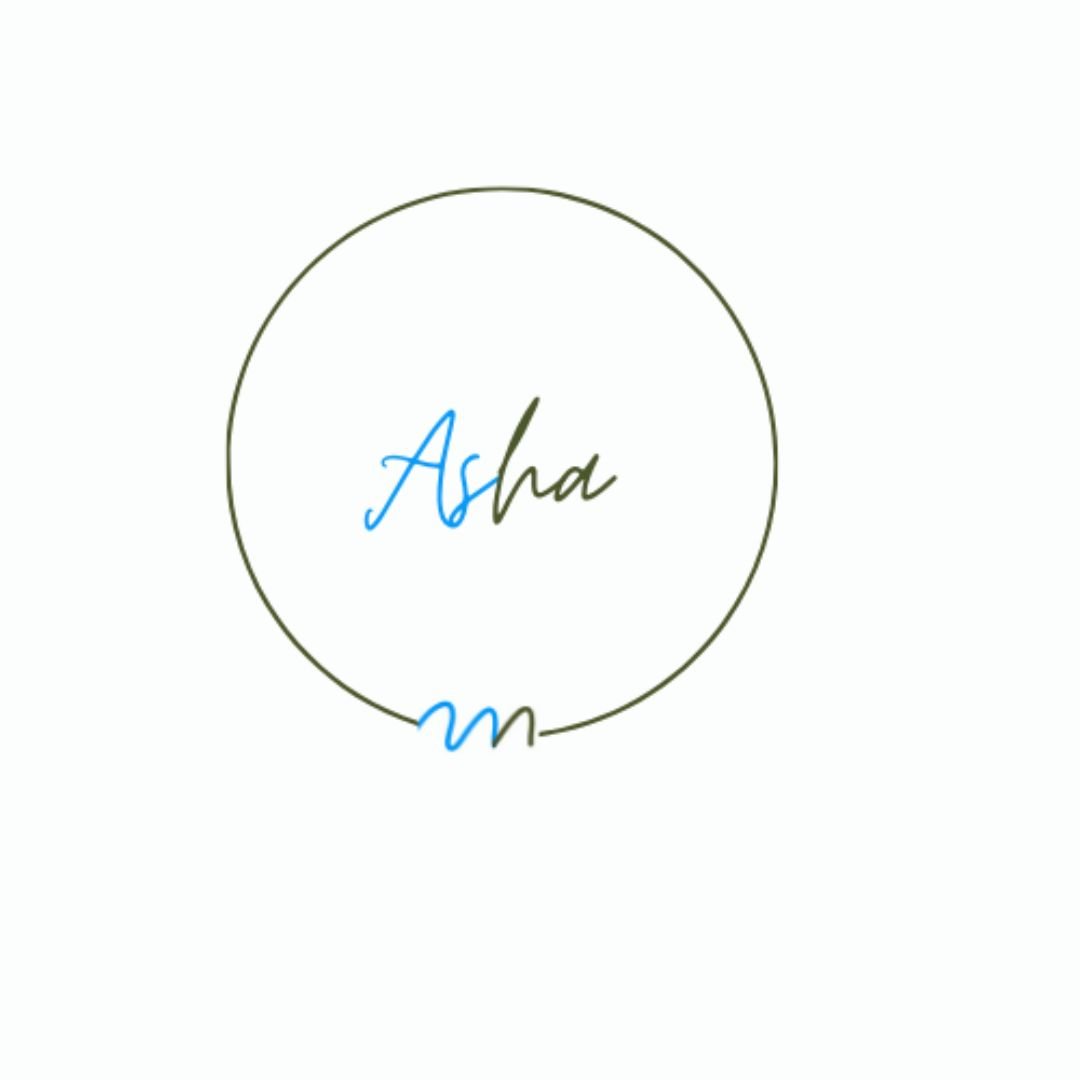

Comments ()